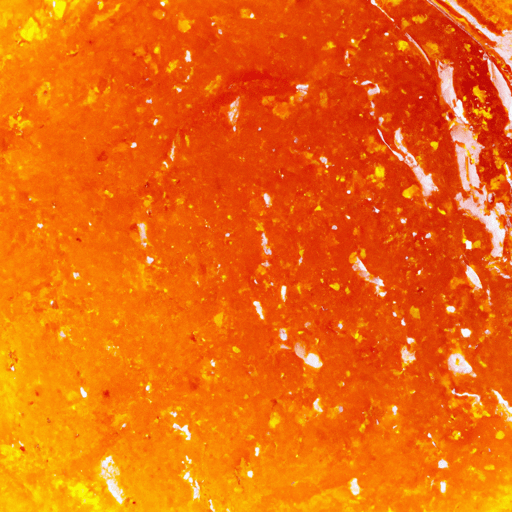The Delightful World of Apple Preserves
If you’re a fan of all things apple, then apple preserves are sure to capture your taste buds. These delectable spreads not only add a burst of sweetness to your breakfast or snack but also provide a touch of warmth and nostalgia.
A Symphony of Tastes
Apple preserves offer a harmonious blend of flavors that make them irresistible. The sweetness of the apples, when cooked down with sugar and spices, is beautifully balanced by a hint of tartness. The result is a luscious and versatile spread that can be enjoyed on its own or as a delightful accompaniment to various dishes.
Playing with Possibilities
The uses of apple preserves in cooking are endless. Whether you want to slather it on toast, spoon it over pancakes, or drizzle it on top of a cheesecake, apple preserves can elevate your culinary creations to new heights. Add a dollop of apple preserves to your oatmeal or yogurt to give your breakfast a burst of fruity goodness. As a glaze for roasted pork tenderloin or a condiment for cheese platters, apple preserves add a touch of elegant sweetness to savory dishes.
Nutritional Benefits
Apart from its delightful taste, apple preserves also offer surprising nutritional benefits. Apples are a great source of dietary fiber, vitamins, and antioxidants. They help promote gut health, aid in digestion, and provide a natural energy boost. While preserves do contain sugar, choosing homemade or lower-sugar options ensures you can enjoy their flavors while maintaining a balanced diet.
A Walk Through History
The art of preserving fruits like apples dates back centuries. In times when refrigeration didn’t exist, preserving fruits was a way to enjoy their flavors year-round. The art of making apple preserves was perfected in medieval Europe, where the combination of apples, sugar, and spices became a popular delicacy.
Fun Facts about Apple Preserves
- Apple preserves are an essential component of traditional English breakfasts, often spread on toast or served alongside scones.
- In the United States, apple butter is a popular variant of apple preserves, known for its deeper flavor profile and velvety texture.
- Apple preserves can be made with a wide range of apple varieties, each contributing its unique flavor and texture to the final product.
So, whether you’re looking to add a touch of sweetness to your morning routine or a flavor-packed addition to your culinary creations, apple preserves are a must-try. With their delightful taste, versatility, and historical significance, they offer a journey through time and a symphony of flavors on your plate.
Apple Preserves
Origin: Apple preserves, also known as apple jam or apple jelly, have been made for centuries using a variety of apple cultivars. The practice of preserving apples can be traced back to ancient times, with records of apple preservation methods found in ancient Greece and Rome.
Common Uses: Apple preserves are a versatile ingredient and can be used in various ways. They are commonly used as a spread on toast, biscuits, or scones. The sweet and tangy flavor of apple preserves also pairs well with cheese, making it a popular addition to cheese boards. Additionally, apple preserves can be used as a filling for pastries and cakes or as a topping for pancakes and waffles.
Nutritional Benefits: Apple preserves are a good source of dietary fiber and vitamin C. They also contain small amounts of other vitamins and minerals, including potassium. However, it is important to note that apple preserves are typically high in sugar and should be consumed in moderation as part of a balanced diet.
Unique Properties: One unique property of apple preserves is their ability to provide a concentrated burst of flavor and sweetness. The cooking process breaks down the apples, releasing their natural sugars and enhancing the flavor profile. Additionally, apple preserves can have a gel-like consistency due to the addition of pectin, a natural thickening agent commonly used in jam-making.
Historical Significance: Throughout history, apple preserves have played a significant role as a method of preserving apples for extended periods. Before the advent of refrigeration, preserving fruits was crucial to ensure a supply of food during the winter months. Apple preserves were often made in large quantities and stored in jars or cans for long-term use. This allowed people to enjoy the taste of apples even when they were out of season.
Remember to always check the label or recipe for specific nutritional information and ingredients, as variations in processing and added ingredients can occur.




Use the share button below if you liked it.
It makes me smile, when I see it.